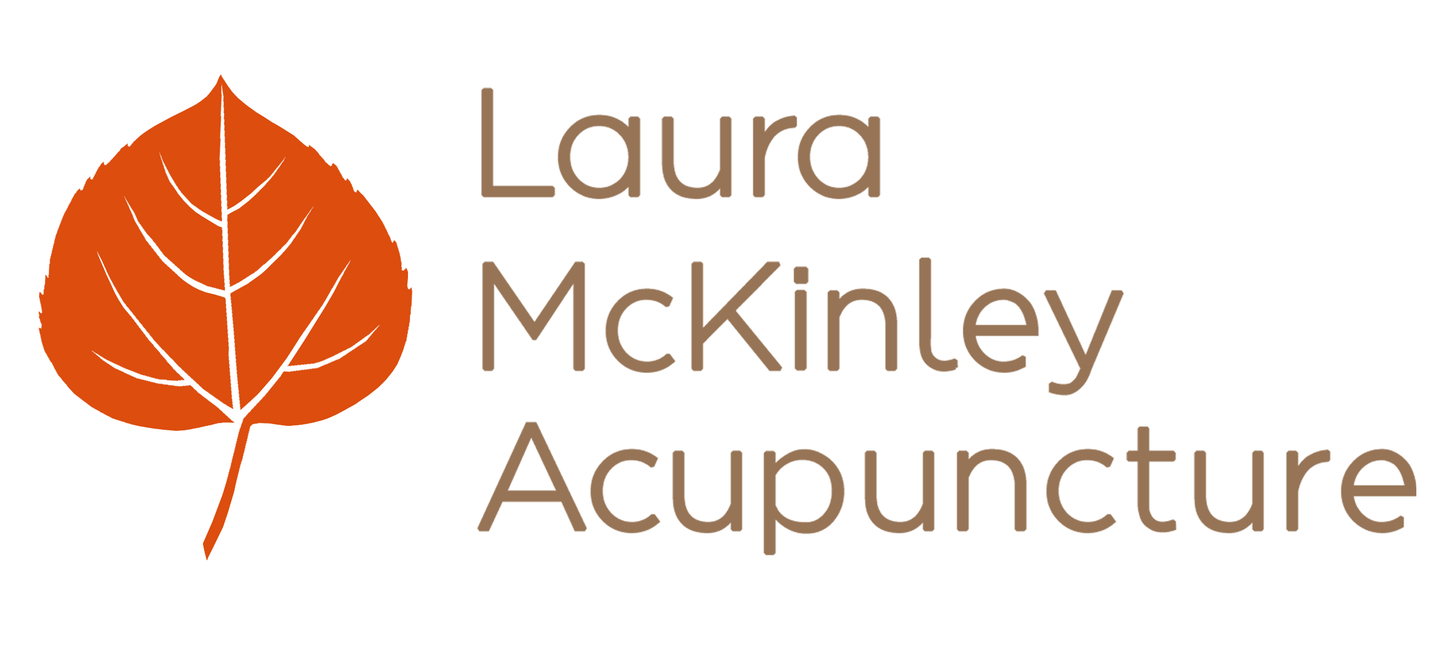Laura Reads Labels, Part 3: Sodium, Carbohydrates, & Protein
/You've probably heard me say it before: "Read your labels. If you can't pronounce something on there, or the list is daunting just to look at, pass on the purchase."
Reading labels aloud is a simple trick to minimize your exposure to highly processed foods. In fact, label-less foods like fresh produce, grass-fed meats, free-range poultry, and wild-caught fish are our best sources of the varied, high-quality nutrients your body needs to build good qi, or energy. People have all sorts of opinions on processed foods and their effects (or lack thereof) on our health. Without diving into that debate, let's start at building block # 1. If you are purchasing food with a label - do you really know how to read it?
Sodium
When we look at a label, the amount of sodium reflects how much salt is present in a product. Salt is one of the most talked about minerals when it comes to health.
In some forms, like table salt, sodium has been linked to increased blood pressure. Higher blood pressure puts one at risk for heart disease, stroke, diabetes, kidney disease, and more. On the other hand, sodium is extremely important for our bodies because our cells use sodium for a wide variety of functions. So how much sodium is too much sodium?
Rule of thumb for those with regular blood pressure: when cooking at home from scratch, feel free to add salt liberally to your cooking. Your tastebuds will tell you "yuck!" long before you have too much salt from food-from-scratch. However, when it comes to buying labeled foods, aim to keep your sodium intake low. The additives in foods hide sodium's salty flavor and you may not notice how much sodium you are actually consuming. The FDA recommends you consume less than 2400mg of sodium daily.
Total Carbohydrate
- This number indicates the total number of carbohydrates in a product, but what matters more is what kind of carbohydrates you consume.
- Carbs can be divided into two categories: complex and simple. Complex carbs are found in veggies, fruits, and whole grains, and contain starch and/or fiber as well as sugar. Complex carbs break down more slowly in the body. Simple carbs come from white flour/rice, refined sugar, and other sweeteners. Simple carbs contain sugar and sugar alone.
- Within the body, all carbohydrates are broken down into sugars, quick sources of energy for the body. The trick is that complex carbohydrates break down more slowly, preventing sugar crashes. Complex carbohydrates also contain fiber, which promotes health throughout the body. Aim to eat more complex carbohydrates and reduce your intake of simple carbohydrates.
Dietary Fiber
- Dietary fiber (a complex carb!) promotes regularity in the digestive tract and helps to control cholesterol. It has been found to reduce the risk of colon cancer as well as heart disease. Choose vegetables, fruits, whole grains, and legumes to maximize your intake of fiber. Many processed foods add fiber into the product to make this number look higher on a label.
Sugar
- This number includes both added sugars as well as the simple sugars that naturally occur in a product. As we are talking about simple carbs here, you want to keep this number low. The majority of simple sugars you consume should come from fresh fruits.
- One tricky thing about the "sugar" listing is the measurement in grams. How much is 1 gram of sugar? Let's look at it in terms of teaspoons. 4 grams of sugar is the same as 1 teaspoon of sugar. In other words, if you see a label with 24g of sugar listed, that item contains 6 teaspoons (i.e. 2 tablespoons) of sugar. Yikes!
Protein
- Proteins are built of amino acids, and amino acids are the building blocks of our cells. Sounds pretty important, right? They sure are. Our body uses 20 different amino acids, and we are able to produce 12 of them on our own. The other 8 are known as the "essential amino acids" and enter our body from the food we eat. The best sources of food for essential amino acids are legumes, whole grains, and wild-caught fish.
- These essential amino acids are also found in nuts and seeds, animal products, and some plants. The easiest way to access the essential amino acids is by consuming meat. This does not mean that vegetarians can't get their protein. Combining legumes and whole grains together in one meal is a simple, meat-free way to get the essential 8 (think of the international staple meal of rice and beans!).
- Most of us in the US consume too much protein each day. Aim to keep your daily protein intake under 8oz per day (227g). If you do consume meat, an easy way to check your portion size is to compare the meat to your palm. One portion of meat should be equal to, or smaller than, the size of the palm of your hand.
Missed the earlier installments of Laura Reads Labels? Don't worry, here are links to Part 1 and Part 2. Keep your eyes peeled for the next installment, where we'll dive into the delightful world of vitamins and minerals!


